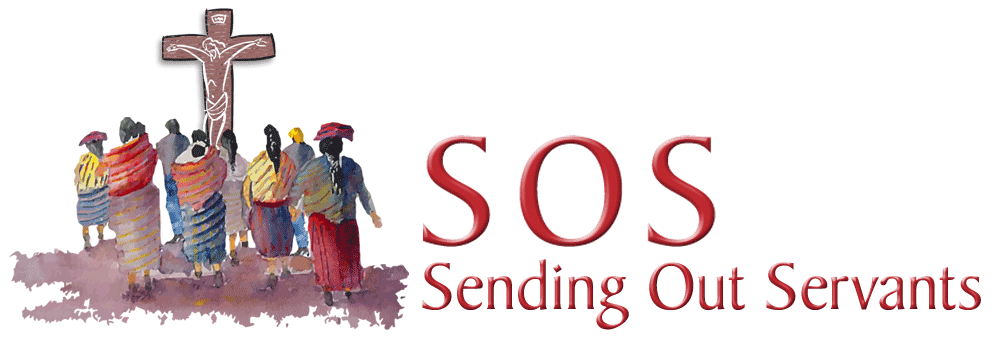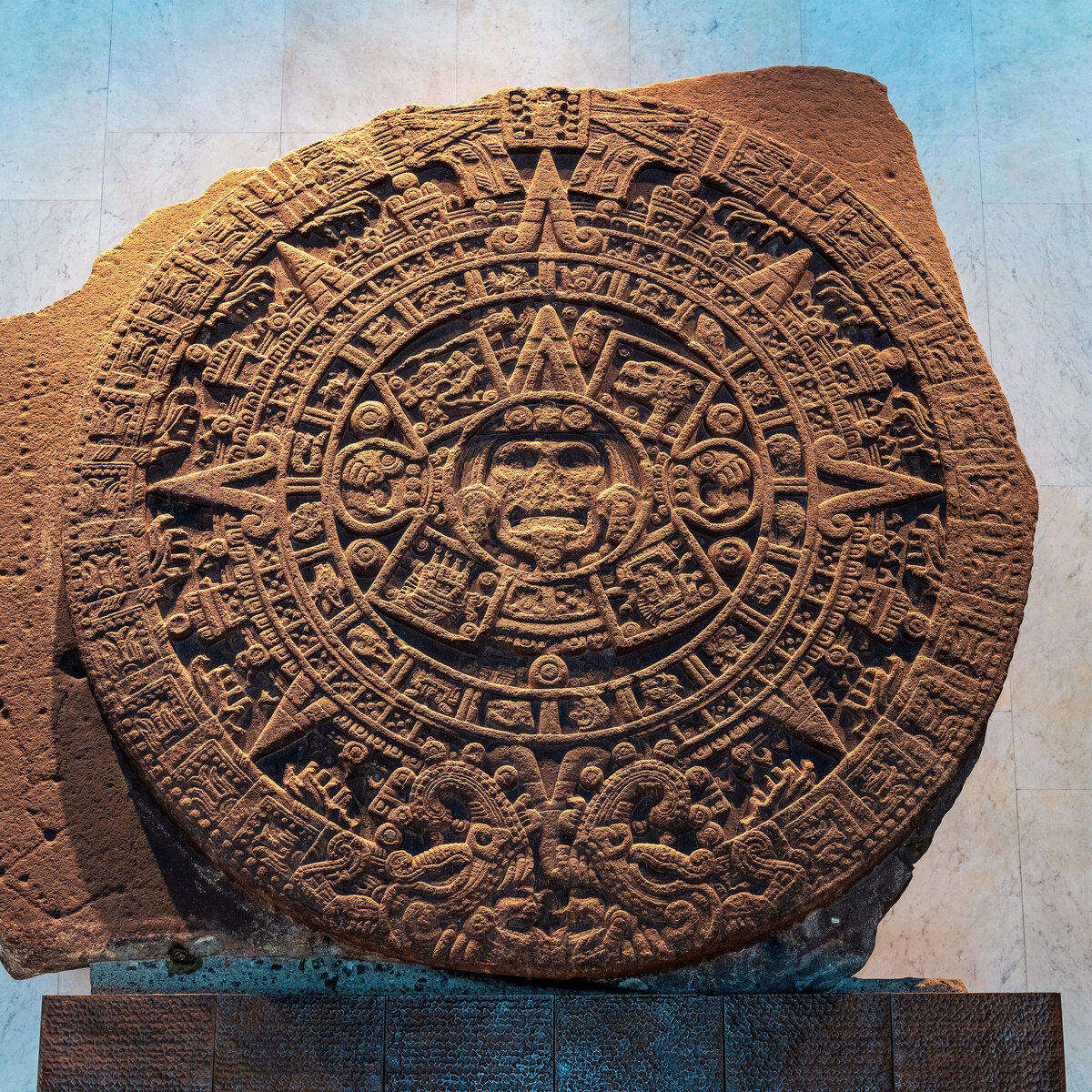
The Indigenous Maya of Guatemala have Faced Challenges for Many Generations *
“In the case of my country, Guatemala, 65% of the inhabitants are indigenous. The constitution speaks of protection for the indigenous. Who authorized a minority to protect an immense majority? It is not only political, cultural and economic marginalization, it is an attempt against the dignity of the majority of the population.”
The majority of indigenous peoples in Guatemala are of Mayan descent. The Maya of Guatemala have handled many challenges over time, including some that continue into present day, but they didn’t start out this way:
The ancient Maya (2000 BC - 1500 AD) developed an agriculture-based society (maize, beans and root crops) supplemented with wild game and fish caught in rivers, lakes and oceans. Ancient Maya cities were densely populated. They established far-reaching production and trade networks as well as temples and religious centers, and developed writing, mathematics and astronomy, which allowed them to monitor other planets and predict eclipses.
In more modern times (1523-1821), Spain ruled the land including Guatemala. During the Spanish rule the indigenous Maya were used as forced labor on plantations.
From 1821 to 1944 Guatemala was an independent nation fraught in political chaos. No single government stayed in power for longer than 27 years, most were removed with a military coups, and the indigenous people were not recognized as citizens of the independent nation.
1944-1996 the coups continued and a civil war ensued. Finally a peace treaty was signed in 1996. During the end of this “third holocausts” in Guatemala Teh Cathoolic Archdiocese of Guatemala began a project to collect the facts and history of the long civil war.
“Let the history we lived be taught in the schools, so that it is never forgotten, so our children may know it.”
On 24 April 1998, Recovery of Historical Memory (REMHI) presented the results of its work in the report "Guatemala: Never Again!" and 2 days later Catholic Bishop Juan José Gerardi Conedera, who worked on the project, was attacked and killed in his home.
According to the report, some 200,000 people died, more than one million people were forced to flee their homes, and hundreds of villages were destroyed. It attributed more than 93% of all documented violations of human rights to Guatemala's military government and estimated that indigenous Maya accounted for 83% of the victims.
Since 1996-2019 Guatemala’s economy has stabilized but the government continued to be a place of economic and/or political corruption.
In 2019 free elections were held. Alejandro Giammattei won the presidency and assumed office in January 2020.
Today while the violence has mostly ended, but many indigenous Maya still feel the discrimination in the forms of poor healthcare, education, and lack of land ownership.
Additional Resources: No summary can capture the causes and impact of the 36 year civil war upon the Maya. These are some of our sources and some additional resources that can give further insight and understanding.
Guatemala: Memory of Silence by the Historical Clarification Commission (CEH) (1999)(http://www.aaas.org/sites/default/files/migrate/uploads/mos_en.pdf)
“The Secrets in Guatemala’s Bones” by Maggie Jones, The New York Times, June 30, 2016 (https://www.nytimes.com/2016/07/03/magazine/the-secrets-in-guatemalas-bones.html)
Website: Minority Rights Group International: Maya (https://minorityrights.org/minorities/maya-2/)
Book: Guatemala: Never Again! by the Archdiocese Of Guatemala, 1999 (https://www.amazon.com/Guatemala-Never-Again-Archidiocese/dp/157075294X)


